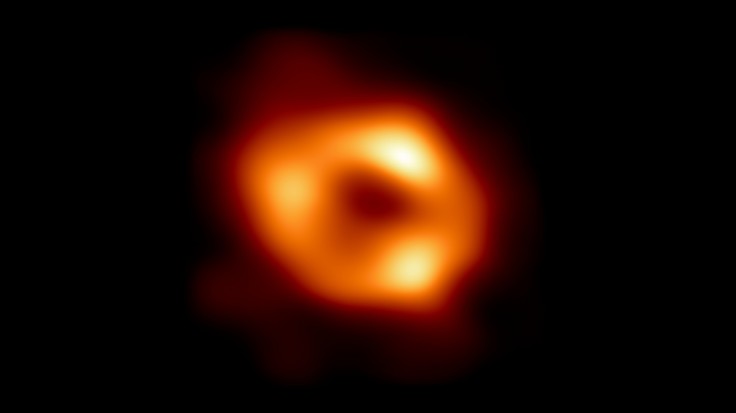Ready to see something really historic, especially in the study of the Milky Way galaxy?
The first ever photo of the Milky Way's black hole, known as Sagittarius A*, has been revealed to the public. The Sagittarius A* is the supermassive black hole at the center of our galaxy.
The photo was taken by the Event Horizon Telescope, which is actually a large telescope array comprised of global radio telescopes, including the Atacama Large Millimeter/Submillimeter Array or ALMA.
First Photo of Sagittarius A*

History has been made as the first ever photo of Sagittarius A* has been revealed to the public.
"The image, which was taken in the light of submillimeter radio waves, confirms that there is a black hole in the heart of the Milky Way that is feeding on a trickle of hydrogen gas," according to a report by Space.
The report also points out that, as seen in the image, this particular supermassive black hole does not get much material heading its way. It should be noted that black holes consume materials in its immediate vicinity, including asteroids and even stars.
"In human terms, it would be like eating just one grain of rice every million years," Michael Johnson, an astrophysicist from Harvard, said during the press conference of National Science Foundation (NSF). Sagittarius A*'s slow consumption has been puzzling scientists for a long time now and an answer has yet to be found.
Related Article: NASA Hubble Telescope Picture Shows Stunning Discovery in Massive Black Hole: What Is That Mini-Jet?
Event Horizon Telescope
The historic first ever photo of Sagittarius A* is all thanks to the Event Horizon Telescope, which is funded by the NSF.
According to its official website, it is actually a large telescope array that consists of a network of radio telescopes located around the world. These include the Atacama Large Millimeter/Submillimeter Array (ALMA), South Pole Telescope (SPT), and James Clerk Maxwell Telescope (JCMT), among others.
The Space report notes that the Event Horizon Telescope made headlines in 2019 when it was able to produce yet another first. This time, it is the first ever image of the event horizon of the black hole located at the center of an elliptical galaxy known as Messier 87.
NASA Telescopes Support Event Horizon Telescope's Study
On its official website, the National Aeronautics and Space Administration (NASA) said that it three of its own observatories have been helping the event horizon telescope with its study of the Milky Way's black hole.
Specifically, scientists collaborated in 2017 in order to look into the black hole using "facilities that detect different wavelengths of light." X-ray data from the Chandra X-ray Observatory, Neil Gehrels Swift Observatory, and Nuclear Spectroscopic Telescope Array were assembled for the campaign.









